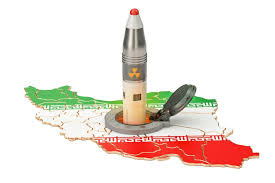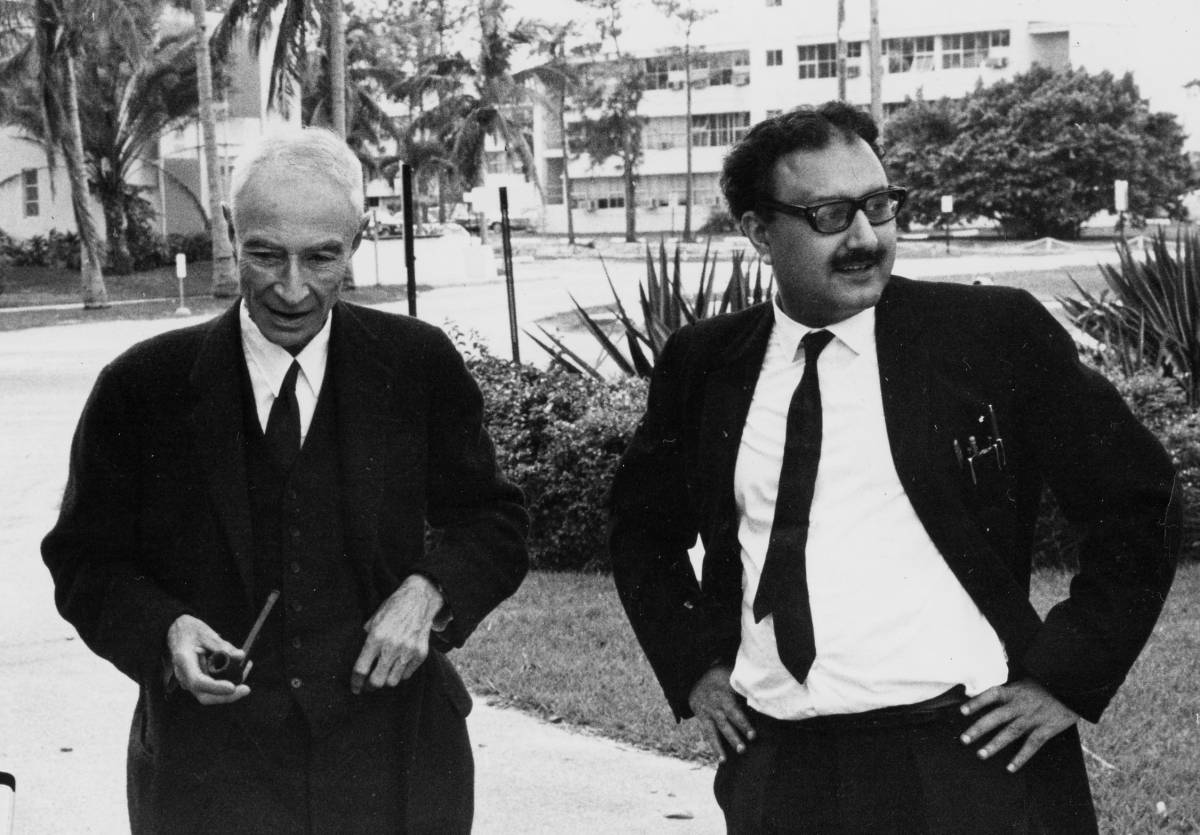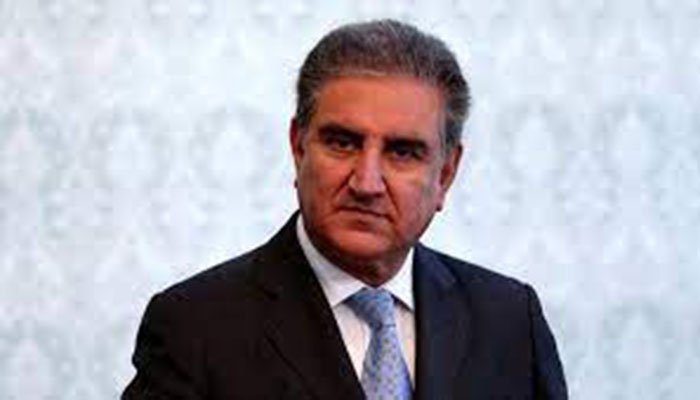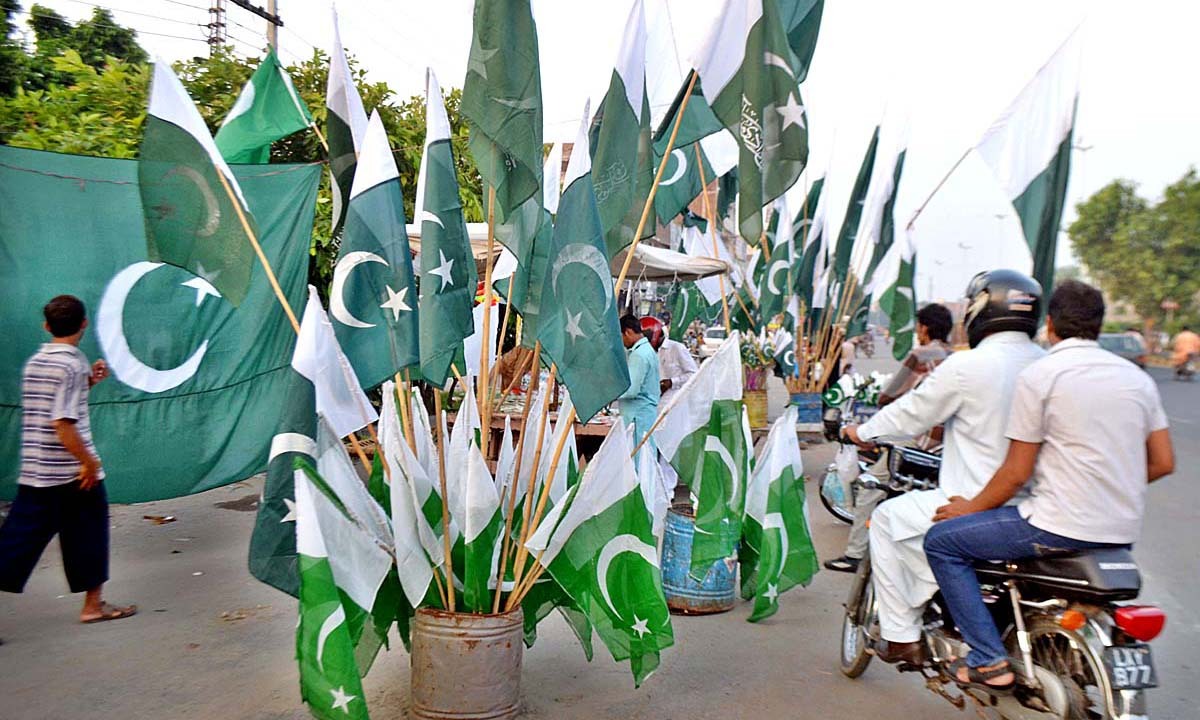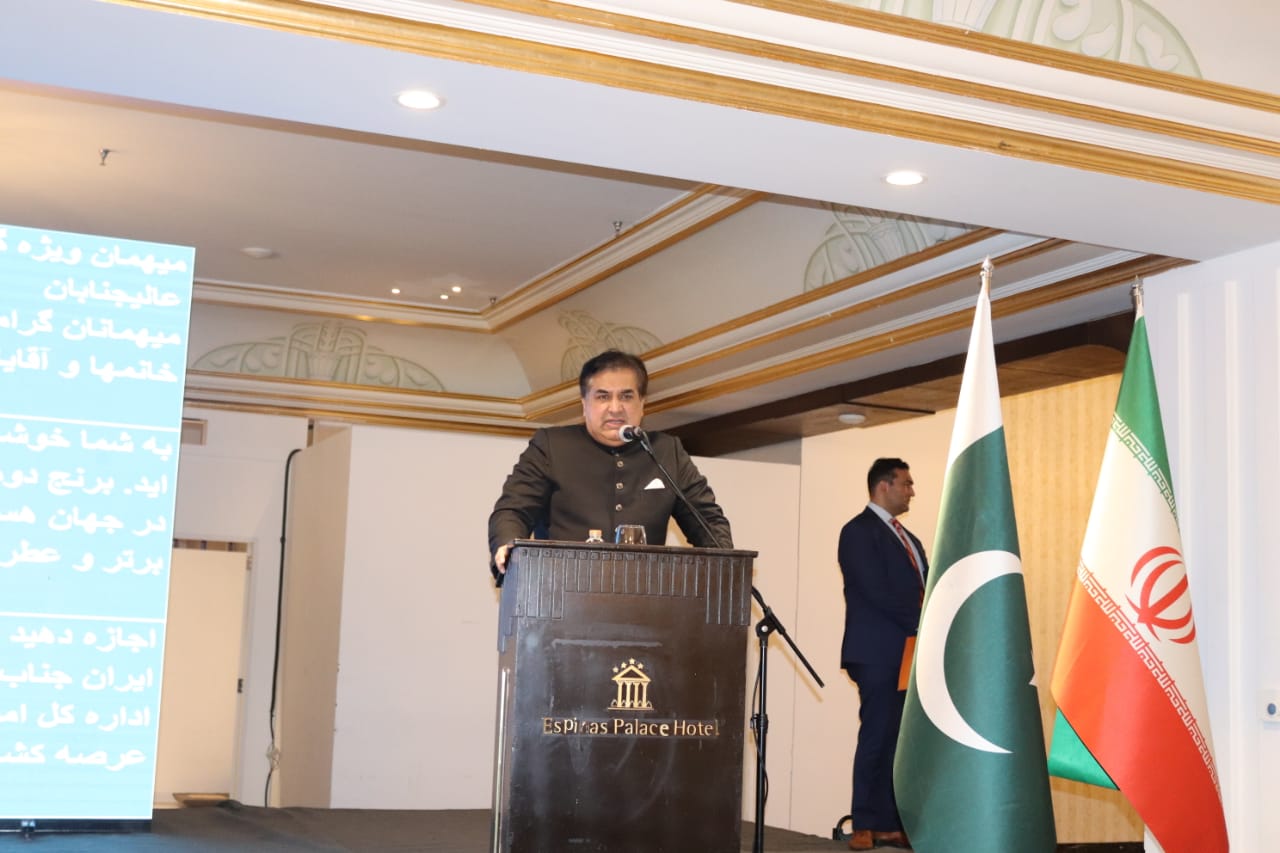On the evening of October 5, 2024, a seismic event in Iran’s Semnan province ignited a firestorm of speculation across global social media platforms. The event, registering a magnitude of 4.6, left many wondering: Was this a covert nuclear test conducted by Iran, or simply a natural earthquake? This question, fueled by geopolitical tensions and the event’s proximity to known nuclear facilities, has sparked intense debate and analysis.
The Seismic Event: Facts and Speculation
The earthquake occurred in Aradan, Semnan, with its epicenter located just 10 kilometers beneath the surface. This shallow depth, unusual for typical seismic activities, became a focal point for those arguing in favor of the nuclear test theory. The event’s timing, coupled with ongoing conflicts and tensions between Iran and other nations, particularly Israel, added fuel to the speculative fire.
Social media platforms, especially X (formerly Twitter), buzzed with users linking the seismic activity to potential nuclear tests. Many pointed to the earthquake’s proximity to known or suspected nuclear facilities in Iran as evidence supporting their claims. The speculation was further intensified by the complex geopolitical landscape of the Middle East, with some suggesting that this could be a deliberate signal of Iran’s military capabilities.
Analyzing the Nuclear Test Possibility
The possibility of an underground nuclear test cannot be dismissed outright, given Iran’s known nuclear capabilities and the technical feasibility of such tests. Iran’s nuclear sites, like Natanz, have been fortified deep underground, indicating a potential capability for conducting covert nuclear activities. However, the depth and magnitude of this particular event don’t provide conclusive evidence of a nuclear test, given the complexity involved in containing nuclear explosions at such depths without causing significant surface disruption.
The political context surrounding the event adds another layer of complexity to the analysis. Iran’s advancements in its nuclear program have been noted by international observers, with reports suggesting a significant reduction in the breakout time for acquiring weapons-grade material. This progress has intensified global concerns and scrutiny of Iran’s nuclear activities.
However, several factors cast doubt on the nuclear test theory. There has been no immediate claim or confirmation from Iran regarding such a test. Moreover, the international community’s response has been notably muted, lacking the immediate condemnation or military response one might expect following a confirmed nuclear test. Typically, such an event would prompt swift reactions from bodies like the UN or nations like the U.S. and Israel.
The Case for a Natural Earthquake
Iran’s geographical location plays a crucial role in the counterarguments for a natural earthquake. The country sits on major fault lines, making it one of the most earthquake-prone regions in the world. Natural seismic activity is not uncommon in this area, and the characteristics of this particular event, while unusual, are not entirely inconsistent with natural phenomena.
Furthermore, the lack of immediate evidence typically associated with nuclear tests strengthens the case for a natural occurrence. No radioactive fallout or other telltale signs of a nuclear explosion have been reported in the aftermath of the event. While the seismic signature may be suggestive, it isn’t definitive without further geological analysis and possibly on-the-ground investigation.
Seismologists and geological experts have urged caution in jumping to conclusions, emphasizing the need for comprehensive data analysis before making any definitive statements about the nature of the event. They point out that while underground nuclear tests can indeed trigger seismic activity, distinguishing between artificial and natural causes requires more than just initial readings.
Global Implications and Ongoing Monitoring
Regardless of its true nature, this seismic event has significant implications for global geopolitics and nuclear proliferation concerns. It has reignited discussions about Iran’s nuclear capabilities and the effectiveness of international monitoring systems in detecting covert nuclear activities.
The incident has also highlighted the power of social media in shaping public perception and spreading both information and misinformation during times of uncertainty. The rapid spread of speculation on platforms like X demonstrates the need for critical evaluation of sources and the importance of waiting for expert analysis before drawing conclusions.
International monitoring agencies and intelligence organizations are likely to continue analyzing data from this event, looking for any additional evidence that might clarify its nature. Satellite imagery, atmospheric sampling, and further seismic data analysis could provide more insights in the coming days and weeks.
As the dust settles on this seismic event, the question of whether Iran conducted a nuclear test remains unanswered by concrete evidence. While speculation can spread rapidly in today’s interconnected world, the immediate aftermath suggests a natural occurrence rather than a nuclear event. However, this incident underscores the ongoing concerns regarding Iran’s nuclear capabilities and the geopolitical tensions that can turn even natural phenomena into potential signals of conflict escalation.
Moving forward, this event serves as a reminder of the delicate balance in international relations and the constant vigilance required in monitoring nuclear proliferation. It also highlights the need for robust scientific analysis and clear communication to prevent misunderstandings that could lead to unnecessary escalations.
As the global community awaits further developments and potential clarification on the nature of this seismic event, it remains clear that the intersection of natural disasters, geopolitical tensions, and nuclear capabilities will continue to be a focal point of international concern and scrutiny in the years to come.

